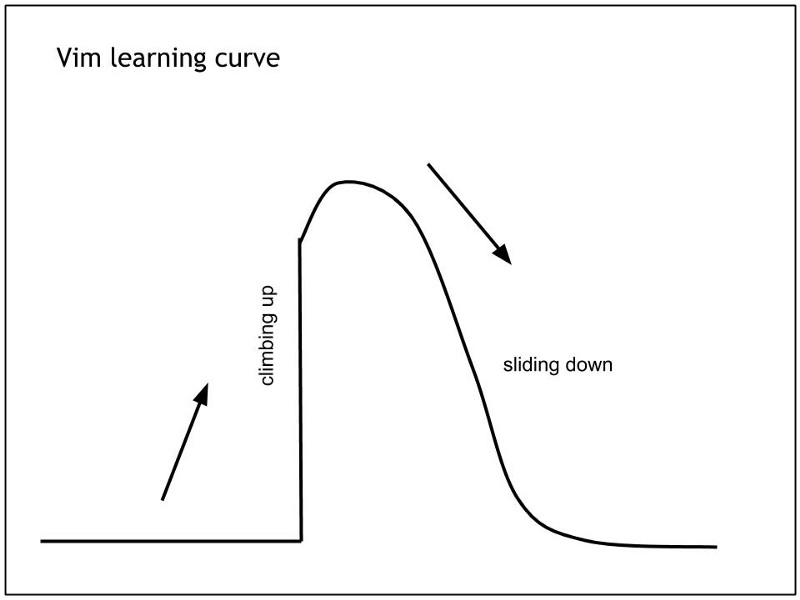Vi Editor For Mac Catalina

Vi (pronounced 'vee-eye') is short for 'vi'sual editor. It displays a window into the file being edited that shows 24 lines of text. Vi is a text editor, not a 'what you see is what you get' word processor. Vi lets you add, change, and delete text, but does not provide such formatting capabilities as centering lines or indenting paragraphs. FAQ What is the project status? The current stable release version is 0.4.4.See the roadmap for progress and plans. Is Neovim trying to turn Vim into an IDE? With 30% less source-code than Vim, the vision of Neovim is to enable new applications without compromising Vim's traditional roles. Will Neovim deprecate Vimscript?
On Mac OS X (and Linux), vi is symlinked to vim (vi improved), a more modern free software version. Vim It is the default editor when changing a crontab.- Bracket is the simplest and the most famous text editor for Mac. It is an open source.
- Mastering the vi and Vim Editors on the Linux, Unix, Mac, and Windows Operating Systems Bestseller Rating: 4.7 out of 5 4.7 (2,888 ratings) 17,956 students Created.
note: a chunk of this small guide came from a web page I found long ago, but I don't remember where so I can't give proper credit. I've added and changed things from the original text.

Vi has two modes, command and insert (really, three if you count replace mode). Command mode is used to navigate, search, and issue other commands. Insert mode is used to enter text.
Vi starts in command mode.
You can precede most commands with a number indicating how many times to perform a command. For example, entering 99 followed by the down arrow will move the cursor down 99 lines. '99x' will delete 99 characters.
This article applies to:Acronis True Image for MacAcronis True Image for Mac supports Mac OS X 10.10 Yosemite.See also Acronis True Image for Mac: Supported Operating Systems. Acronis disk director for mac os x. Acronis Disk Director Suite by Acronis provides you with a collection of tools that can help you optimize and manage your disk usage. Unfortunately, a version of Acronis Disk Director Suite for Mac has not been developed yet, so you might want to search for other disk. Acronis Disk Director 12.5; Acronis Revive 2019; Acronis VSS Doctor Free; Business. New Acronis Cyber Protect Try AI-Powered Integration of Data Protection and Cybersecurity for Businesses. Acronis True Image 2019 for Mac Acronis True Image 2021 for PC. Acronis True Image 2021 for Mac. Acronis True Image 2020 for PC. As noted in a previous Knowledge Base article, there is a bug in Mac OS X 10.5.6 that causes it to report no search results when searching against AFP servers other than Mac OS X 10.5, including Acronis Files Connect (formerly ExtremeZ-IP), Mac OS X 10.4 (Tiger), Mac OS X 10.3 (Panther), and Microsoft's now discontinued Services for Macintosh. Mac integration with a Microsoft Windows environment; Powered by the Acronis AnyData Engine and trusted by more than 500,000 businesses, all Acronis solutions are built on best-in-class, trusted technologies designed specifically to provide the best protection for Macs.
 While in command mode (case sensitive)
While in command mode (case sensitive)Vi Editor For Mac Windows 10
- move the cursor with arrow keys; if there aren't any arrow keys, use j,k,h,l
- i - change to insert mode (before cursor)
- a - change to insert mode (after cursor)
- A - change to insert mode (at end of line)
- r - replace one character
- R - overwrite text
- x - delete one character
- dd - delete one line
- yy - yank line (copy)
- p - paste deleted or yanked text after cursor
- P - paste deleted or yanked text before cursor
- G - go to end of the file
- 1G - go to top of the file
- J - merge next line with this one
- / - search, follow / with text to find
- :wq - write file and quit
- :q! - quit without saving
- %s/old/new/g - substitute; replace 'old' with 'new' on all lines
- :g/pattern/d - delete all lines that match the pattern

- ESC - change to command mode
- any text typed is entered at the cursor
Vi Editor For Mac Shortcut
Typical vi sessionVi Editor Macro
- Type 'vi file.txt' at command prompt
- Move cursor to where new text will be added
- Type 'i' to change to insert mode
- Type new text
- Type ESC to go back to command mode
- type ':wq' and ENTER to write the file and quit
